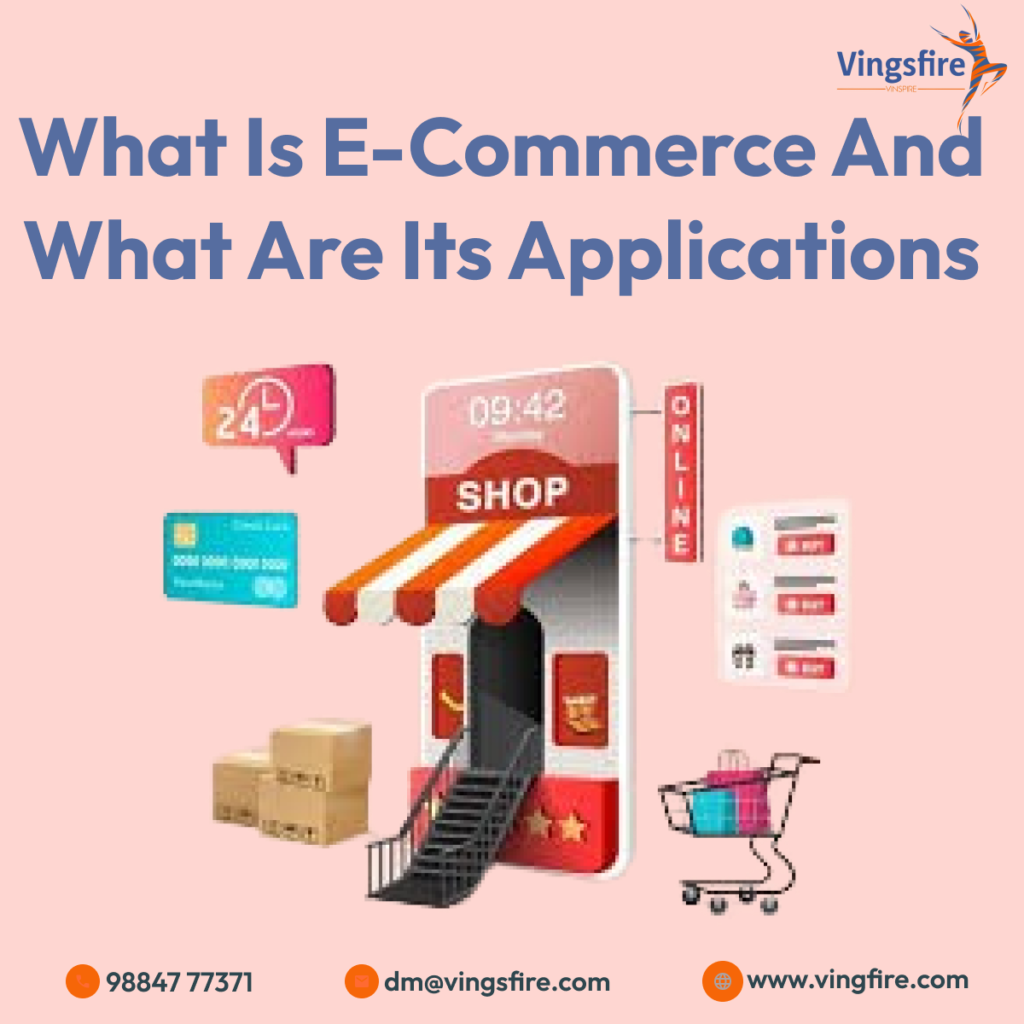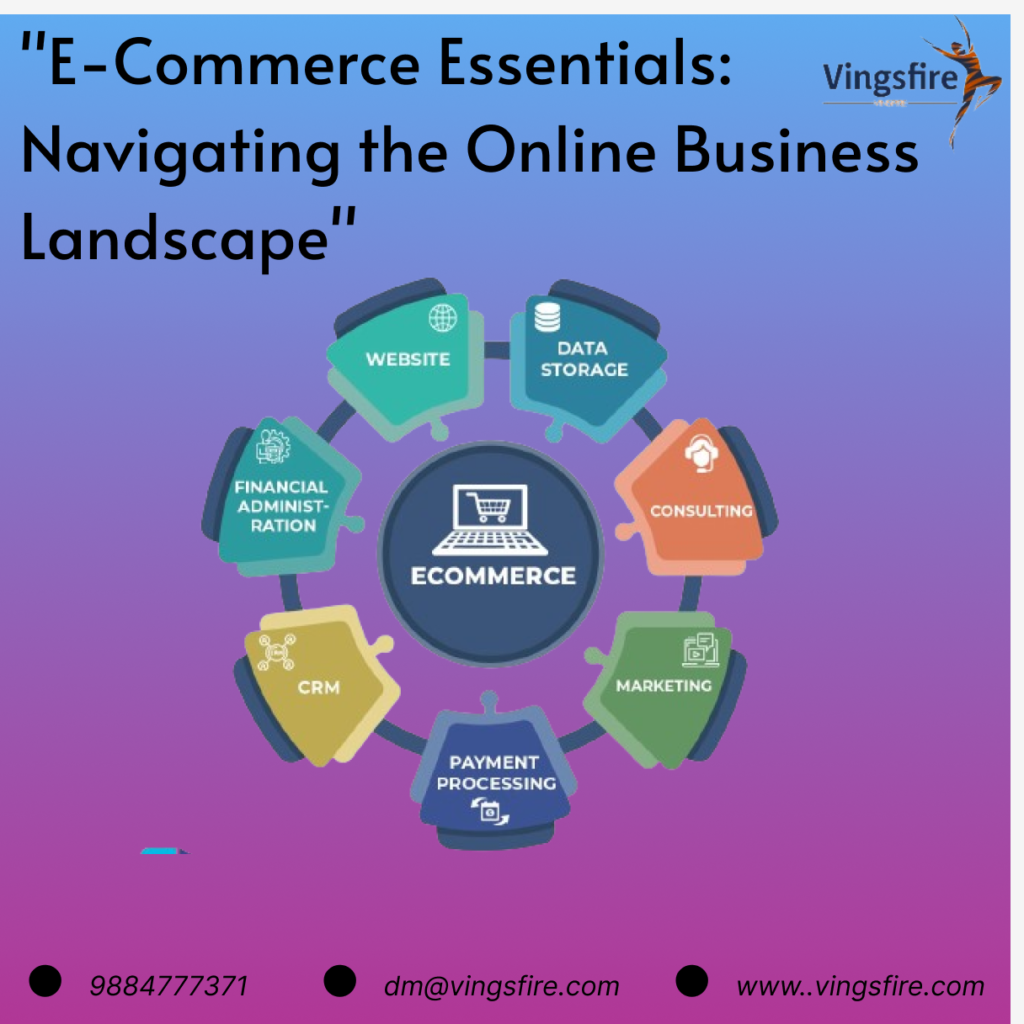
In the rapidly evolving landscape of business, commerce has undergone a significant transformation with the advent of technology. Traditional commerce, rooted in longstanding practices, now coexists with its digital counterpart, E-commerce. This blog aims to delve into the distinctions between these two forms of commerce, shedding light on their unique features, advantages, and challenges.
Traditional Commerce: An Age-Old Approach
Traditional commerce, also known as brick-and-mortar or offline commerce, encompasses the conventional methods of buying and selling goods and services. It involves physical stores, face-to-face transactions, and a reliance on established supply chains.
A. Physical Presence:
Traditional commerce relies on a physical presence, typically in the form of stores, where customers can browse products, interact with sales representatives, and make purchases.
B. Geographical Constraints:
The reach of traditional commerce is often limited to the geographical location of the physical store. Businesses operate within specific regions, and customers must visit the store to make purchases.
C. Interpersonal Interaction:
Personalized customer service is a hallmark of traditional commerce, with face-to-face interactions allowing for a more personalized and immediate customer experience.
E-commerce: The Digital Revolution
E-commerce, short for electronic commerce, represents the digitalization of commercial activities. It leverages the power of the internet to facilitate buying and selling, offering a wide range of products and services through online platforms.
A. Virtual Presence
E-commerce operates in the virtual realm, enabling businesses to establish an online presence through websites, mobile apps, and other digital platforms. Customers can access products and services from anywhere with an internet connection.
B. Global Reach
Unlike traditional commerce, E-commerce transcends geographical boundaries, providing businesses with the opportunity to reach a global audience. This expanded reach opens new markets and customer bases.
C. Technological Integration
E-commerce heavily relies on technology, incorporating features such as online payment systems, digital marketing, and data analytics. This integration enhances efficiency, data-driven decision-making, and the overall customer experience.
Key Differences Between Traditional Commerce and E-commerce
A. Infrastructure
Traditional commerce requires physical infrastructure, including storefronts, warehouses, and distribution centers. In contrast, E-commerce relies on digital infrastructure such as websites, servers, and secure online payment systems.
B. Operating Hours
Traditional commerce is bound by operating hours, with businesses open during specific times. E-commerce, however, operates 24/7, providing customers with the flexibility to shop at any time.
C. Cost Structure
The cost structure of traditional commerce includes expenses related to physical space, utilities, and staff. E-commerce often incurs costs associated with website maintenance, digital marketing, and online security.
D. Customer Experience
Traditional commerce emphasizes in-person interactions, allowing customers to touch and feel products before making a purchase. E-commerce, on the other hand, focuses on virtual interactions, offering convenience and a wide array of options.
Advantages and Challenges Traditional Commerce and E-commerce
A. Advantages of Traditional Commerce
- Personalized Customer Service: The ability to interact with customers face-to-face allows for personalized assistance and a more engaging shopping experience.
- Tangible Experience: Customers can physically inspect products, leading to a tactile and sensory shopping experience.
- Immediate Gratification: In traditional commerce, customers can take their purchases home immediately, eliminating shipping times.
B. Advantages of E-commerce
- Global Reach: E-commerce enables businesses to tap into international markets, reaching customers beyond geographical constraints.
- Cost Efficiency: Operating online can reduce overhead costs associated with physical storefronts, leading to potential savings.
- Convenience: E-commerce provides customers with the convenience of shopping from anywhere, at any time, with doorstep delivery.
C. Challenges
- Security Concerns: E-commerce faces challenges related to online security, including the risk of data breaches and fraudulent activities.
- Technological Barriers: Some businesses, particularly smaller ones, may struggle with the adoption of advanced digital technologies required for E-commerce.
- Physical Inspection Limitations: Unlike traditional commerce, customers in E-commerce cannot physically inspect products before making a purchase, relying on product descriptions and reviews.
The Symbiosis of Traditional Commerce and E-commerce
Rather than a strict dichotomy, businesses today often adopt a hybrid approach, integrating both traditional and E-commerce strategies to leverage the strengths of each model.
A. Omnichannel Retailing:
Omnichannel retailing involves seamlessly integrating online and offline channels, allowing customers to switch between them effortlessly. This approach provides a unified shopping experience.
B. Click-and-Mortar Model:
The click-and-mortar model combines elements of traditional and E-commerce by maintaining physical stores while also offering an online presence. This strategy caters to a broader range of customer preferences.
Conclusion
In the ever-evolving landscape of commerce, the distinctions between traditional and E-commerce are not stark lines but rather points on a spectrum. Businesses must carefully navigate the strengths and challenges of each model to create a strategy that aligns with their goals and customer expectations. As technology continues to advance, the future of commerce is likely to witness further integration and innovative approaches that capitalize on the strengths of both traditional and E-commerce paradigms.












